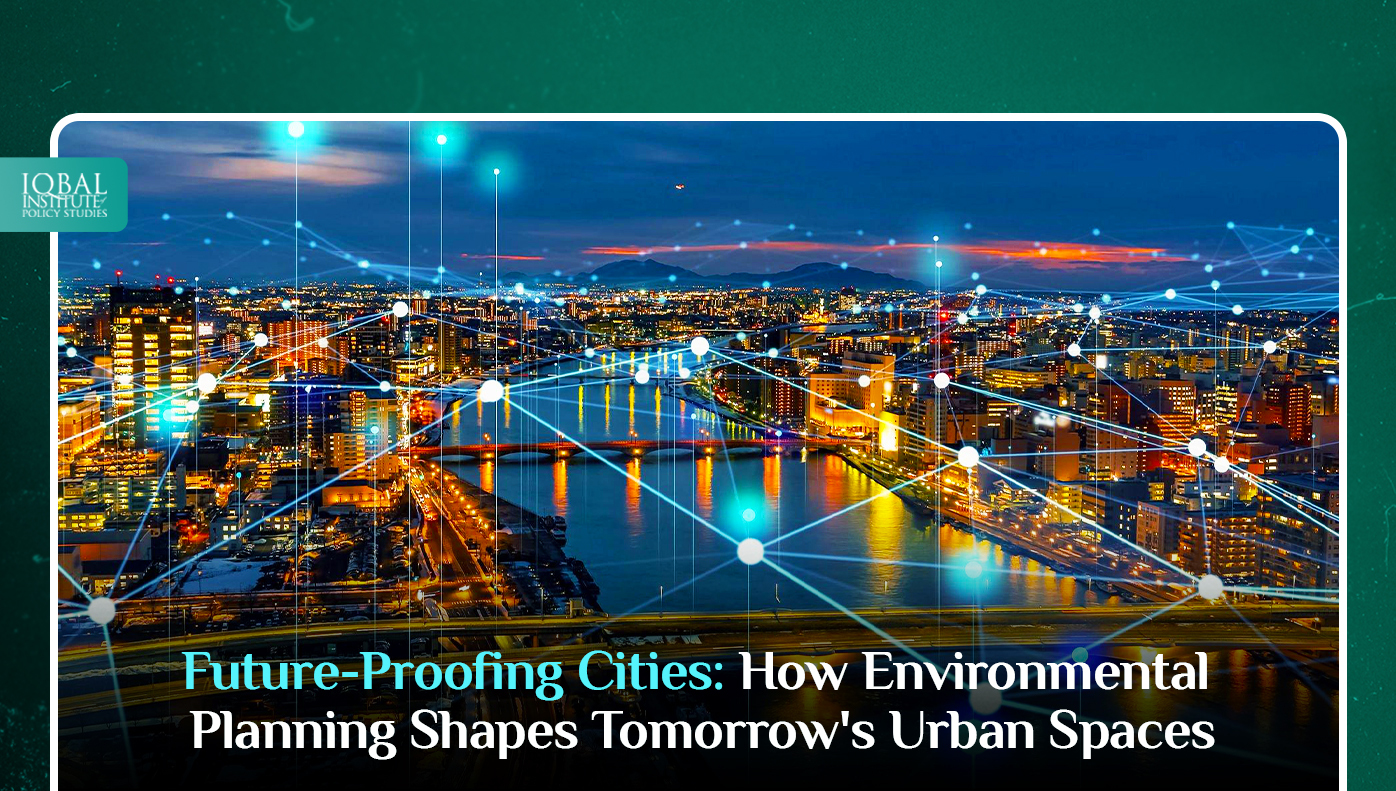In the dawn of the 21st century, our world is experiencing an unprecedented wave of urbanization, with more people than ever before choosing to make cities their home. As the global population gravitates towards urban centers, the challenges and opportunities of this urbanization trend become increasingly apparent. It is within this context that the pivotal role of comprehensive environmental planning in shaping sustainable, resilient, and future-proof cities comes to the forefront. This in-depth exploration aims to unravel the intricacies of environmental planning and its profound influence on the urban spaces of tomorrow.
The Urbanization Conundrum: A Necessity and a Challenge
The allure of city life, characterized by promises of economic opportunities, cultural richness, and social dynamism, has fueled a mass migration from rural to urban areas. Urbanization is undeniably a symbol of progress, yet it brings with it a plethora of challenges: increased pollution, congestion, and strains on resources. It is in the face of these challenges that strategic environmental planning emerges as an imperative.
Environmental Planning as a Multidisciplinary Approach
Environmental planning stands as a multidisciplinary approach that seeks to integrate ecological, social, and economic considerations into the design and management of urban spaces. Going beyond traditional city planning boundaries, it emphasizes sustainability, resilience, and the preservation of natural ecosystems. Let’s delve deeper into the key facets of how environmental planning is shaping the urban landscape.
Sustainable Infrastructure Development: A Cornerstone of Environmental Planning
Sustainable infrastructure development lies at the heart of environmental planning. This involves designing and implementing systems that not only minimize environmental impact but also optimize resource utilization. From green building initiatives that reduce energy consumption to the development of eco-friendly transportation networks, environmental planning lays the groundwork for a sustainable urban infrastructure capable of withstanding the challenges of the future.
Green Spaces and Biodiversity Preservation: Balancing Development and Nature
Cities often grapple with balancing development with the preservation of green spaces. Environmental planning addresses this challenge by advocating for the integration of parks, green belts, and urban forests. These green spaces serve not only to enhance the aesthetic appeal of cities but also to contribute significantly to biodiversity preservation, providing essential habitats for flora and fauna amidst the concrete sprawl.
Climate-Resilient Urban Design: Adapting to the New Normal
In an era marked by climate change, cities must be equipped to withstand and adapt to environmental challenges. Environmental planning incorporates climate-resilient urban design principles, encompassing floodplain management, water-sensitive urban design, and the implementation of green infrastructure. These measures mitigate the impact of extreme weather events and contribute to the long-term sustainability of urban areas.
Smart Technologies for Environmental Monitoring: A Data-Driven Approach
The advent of smart technologies has revolutionized environmental planning by providing real-time data on air quality, energy consumption, and waste management. These technologies enable cities to monitor and manage their environmental impact more effectively, fostering a data-driven approach to urban development. From IoT sensors to satellite imagery, technology is becoming an invaluable tool in the arsenal of environmental planners.
Case Studies: Pioneering the Way in Environmental Planning
Examining cities at the forefront of sustainable urban development provides insights into effective environmental planning strategies:
Copenhagen, Denmark: A Model of Sustainable Transportation
Copenhagen’s commitment to sustainable transportation, including an extensive cycling infrastructure and substantial investments in public transit, has positioned it as a global leader in reducing carbon emissions and promoting eco-friendly commuting.
Singapore: Balancing Urbanization with Greenery
Singapore’s meticulous incorporation of greenery into its urban landscape, exemplified by initiatives like the Gardens by the Bay, showcases how environmental planning can enhance the quality of life in densely populated urban environments. The city-state proves that even in limited space, green initiatives can thrive.
Curitiba, Brazil: Pioneering Bus Rapid Transit (BRT)
Curitiba’s implementation of a Bus Rapid Transit system has not only alleviated traffic congestion but has also substantially reduced air pollution. This demonstrates how strategic urban planning can address multiple environmental challenges simultaneously, creating a blueprint for other cities to follow.
Challenges and Opportunities: Navigating the Path Forward
While environmental planning offers a roadmap for sustainable urban development, it is not without its challenges. The delicate balance between economic growth and environmental preservation, securing funding for green initiatives, and ensuring community engagement in the planning process are hurdles that cities must navigate.
However, these challenges present opportunities for innovation and collaboration. The integration of community voices, the engagement of both private and public sectors, and the harnessing of technological advancements can collectively contribute to overcoming obstacles and forging a path toward environmentally conscious urban futures.
Conclusion: Building Cities for Generations to Come
In the face of rapid urbanization and environmental changes, the role of environmental planning in shaping the cities of tomorrow cannot be overstated. By adopting sustainable practices, preserving green spaces, and embracing technological advancements, cities can become resilient hubs that not only meet the needs of the present but also safeguard the well-being of future generations.
As we stand at the cusp of a new era in urban development, it is clear that the choices we make today will reverberate for years to come. Through thoughtful environmental planning, we have the power to shape cities that are not only livable and vibrant but also sustainable and resilient in the face of an ever-changing world. The journey toward future-proofing cities begins with a commitment to balance progress with environmental stewardship, ensuring that our urban spaces thrive for generations to come.
This article is written by Radma Nouman. Radma is a research analyst at the Iqbal Institute of Policy Studies (IIPS).



Leave a Reply